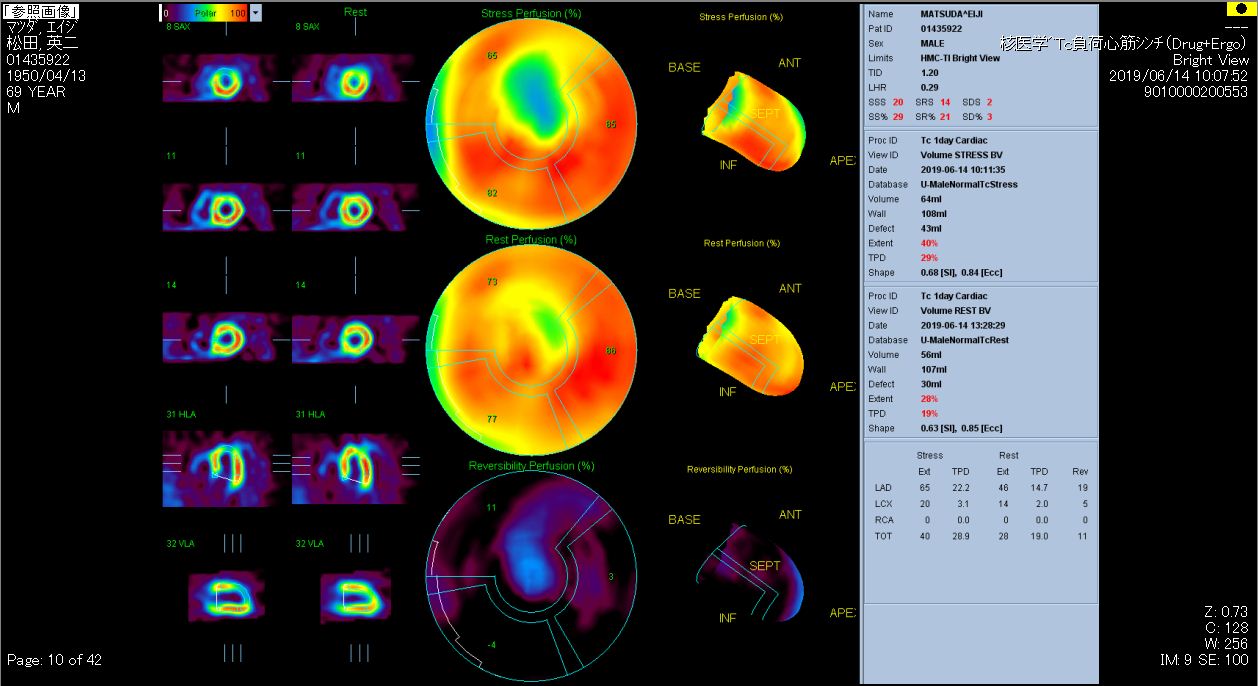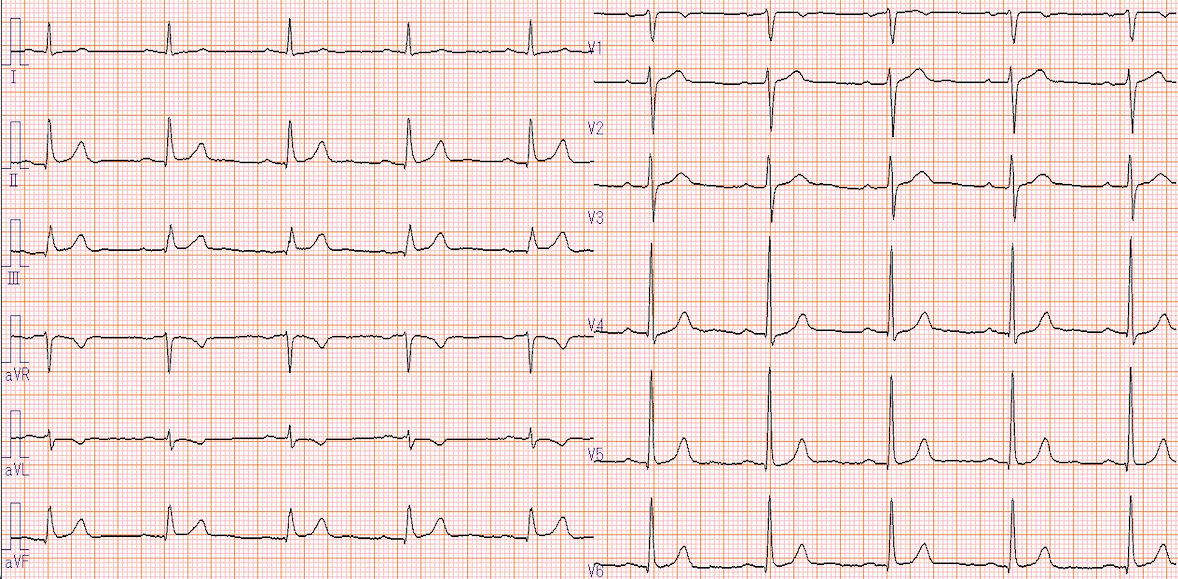Lots of interesting abstracts and cases were submitted for TCTAP & AP VALVES 2020 Virtual. Below are accepted ones after thoroughly reviewed by our official reviewers. Don¡¯t miss the opportunity to explore your knowledge and interact with authors as well as virtual participants by sharing your opinion!
* The E-Science Station is well-optimized for PC.
We highly recommend you use a desktop computer or laptop to browse E-posters.
CASE20191012_003
| CORONARY - Stents (bare-metal, drug-eluting) | |
| A Patient with Repeated In-Stent Complications After Implantation of 3rd Generation DES | |
| Kazumasa Ikeda1, Nobuhiro Tanaka2, Yohei Hokama2, Kunihiro Sakoda2 | |
| Hachiouji Medical Center, Japan1, Tokyo Medical University Hachioji Medical Center, Japan2, | |
|
[Clinical Information]
- Patient initials or identifier number:
E.M.
-Relevant clinical history and physical exam:
A-58-year-old man (had a history of hypertension and smoking) underwent PtCr-EES implantation in LAD #7 for stable angina 3 years ago. Followup angiography a year after PCI demonstrated occlusion of the stent, and he underwent balloon angioplasty. CAG a year after POBA showed occlusion again, and he implanted CoCr-SES. He was hospitalized in order to undergo 4th angiography. There were no abnormal findings on physical exam.
-Relevant test results prior to catheterization:
The troponin level was not elevated in laboratory test.
  - Relevant catheterization findings:
At 12 months after CoCr-SES implantation (at 38 months after PtCr-EES implantation) angiography revealed severe stenosis at proximal and distal edge of CoCr-SES. In addition, per-stent contrast staining (PSS) which indicates an inflammatory reaction was also recognized. This was his third time complication re-lated with stent, therefore we perform CABG.
|
|
|
[Interventional Management]
- Procedural step:
In the first angiography, there was a severe bifurcation lesion in the mid of LAD, involving the ostium of the diagonal brunch. We implanted PtCr-EES (2.75mm in diameter; 20mm in length) inLAD #7 (video1). IVUS after stent implantation demonstrated well-expanded stent struts without evidence of incomplete stent apposition.
- Case Summary:
Although PCI is an effective therapy, but there still remain, rarely a problem of in-stent restenosis and stent thrombosis.
|
|